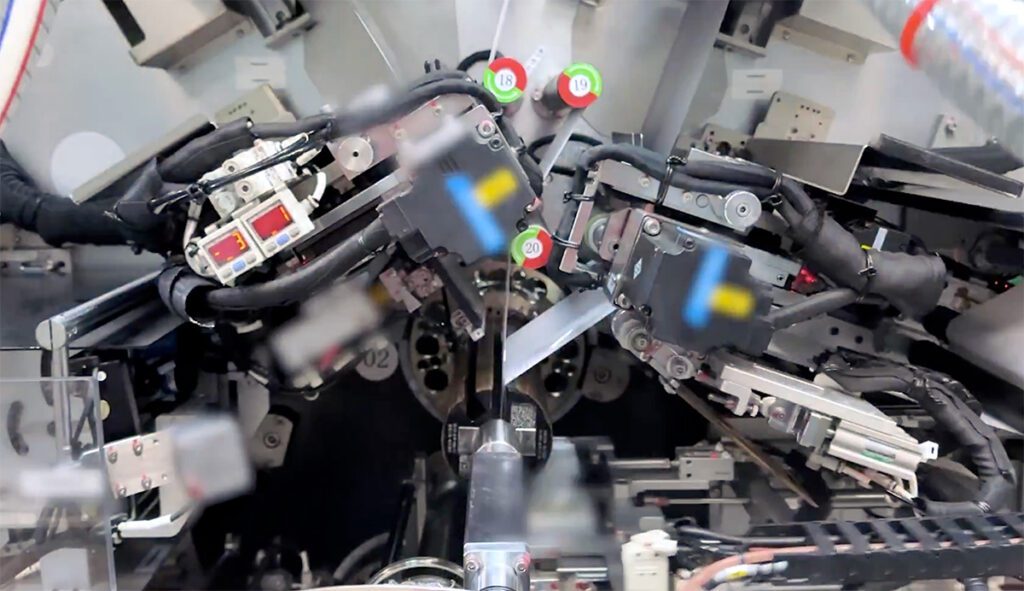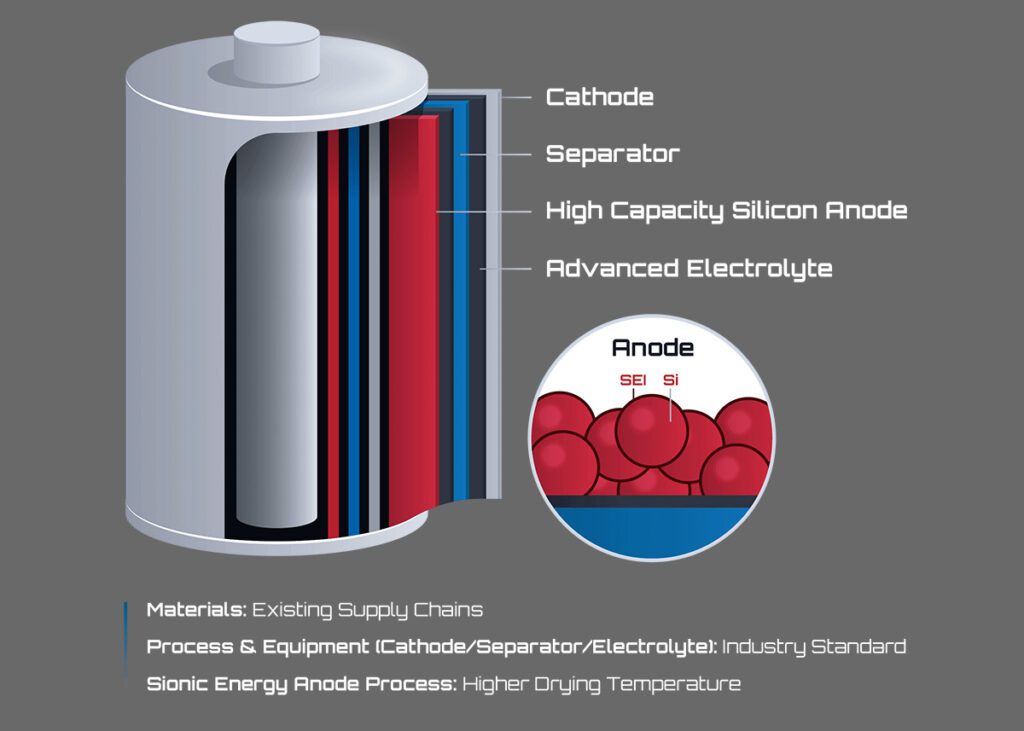The LA Times recently ran a “now it can be told” article highlighting the various government subsidies and incentives that benefit Tesla and Elon Musk’s other companies, SolarCity and SpaceX – a total of about $4.9 billion by the Times’ reckoning.
Certainly Tesla, like many other energy companies and automakers, has benefited from a wide range of government programs at federal, state and local levels, but the tone of the article implies that Musk and company are getting away with something. “Musk and his companies’ investors enjoy most of the financial upside of the government support, while taxpayers shoulder the cost,” wrote the Times.
As usual, Musk was quick to respond to what he called a misleading piece. “The article makes it seem as though my company is getting some huge check, which is fundamentally false,” he told CNBC.
“None of the incentives are necessary, but they are all helpful,” said Musk, adding that the reason such incentives exist is because “voters want a particular thing to happen, and faster than it might otherwise occur.”
“Tesla doesn’t need government subsidies to be successful,” agreed Andrea James, an analyst with Dougherty & Co. “They have helped capitalize the company, but gross margins are better than industry average, even without credits.”
The LA Times article definitely lumps some apples and oranges together. Its total of $2.391 billion in government incentives for Tesla includes:
- $517.2 million from the sale of California Zero Emission Vehicle credits, which was not paid by the government, but by other automakers, which could have been on the receiving end of the credits if they chose to sell their own ZEVs.
- Federal income tax credits ($284 million) and California rebates ($38 million) for EV buyers, which are of course available to all automakers, not just Tesla.
- The $45 million DOE loan that the company received in 2009 (and repaid early, with interest, in 2013).
- $647,626 in California job training reimbursement; $90 million from the California Alternative Energy and Advanced Transportation Financing Authority; and $126 million from the California Self-Generation Incentive Program – all funding that’s also available to other companies.
- $1.29 billion in Nevada tax incentives for building Tesla’s Gigafactory in the state – the only item on the Times’ list that applies specifically to Tesla.
This is not the first LA Times article to attack Tesla for taking advantage of government programs. A May 2013 piece insinuated that Tesla was scamming taxpayers by selling California ZEV credits, but the facts reported in the article revealed that the state’s system was working precisely as intended. According to the Times article, “some observers see government favoritism…no other automaker in the country enjoys such an advantage.” Inexplicably, the article did not mention Nissan, which has also profited from selling ZEV credits, nor the fact that any other automaker in the country could enjoy the same advantage by selling some of its own EVs.
A December 2014 article in Fortune depicted a Machiavellian Musk skillfully playing one state off against another to secure a generous package of incentives. The tone was more admiring than critical, but Musk felt compelled to respond, pointing out that Nevada’s incentive package, which will be dispensed over a 20-year period, received unanimous approval from the state legislature, and that the debt ratings agency Moody’s assessed the deal as a credit positive for Reno and Nevada.
Government incentives to private companies may or may not be a good idea, but they are far from unusual. The $465 million DOE loan that Tesla received in 2008 was part of a collective $8 billion doled out to automakers under the Advanced Technology Vehicles Manufacturing program, which was created in 2007 during the George W Bush administration (unrelated to the billions in bailout funds that GM and Chrysler received, and the $831-billion American Recovery and Reinvestment Act of 2009).
Tesla’s corporate gift basket from Nevada was large by the standards of the automotive industry, comparable to Chrysler’s $1.3 billion from Michigan and Nissan’s $1.25 billion from Mississippi, but the title of biggest state subsidy package belongs to Boeing, which has received some $11.9 billion from the state of Washington.
And of course, there is the elephant in the room: subsidies to the fossil fuel industries. “If I cared about subsidies, I would have entered the oil and gas industry,” said Musk. “The incentives that Tesla and SolarCity receive are a tiny, tiny, pittance compared to what the oil and gas industry receives every year.”
As of July 2014, Oil Change International estimates that US fossil fuel subsidies run about $37.5 billion annually, and that globally, governments provide between $775 billion and $1 trillion per year in subsidies. A 2014 report by the International Energy Agency put the global figure at $550 billion a year, compared with about $120 billion for renewable energy. Musk cited a May report from the International Monetary Fund, which estimated global energy subsidies at $5.3 trillion per year, including the cost of the environmental damage caused.
Sources: LA Times, CNBC, AutoblogGreen, Fortune, Tesla, Silicon Valley Business Journal, Oil Change International
Image: NASA Kennedy – CC BY-SA 2.0




















































































